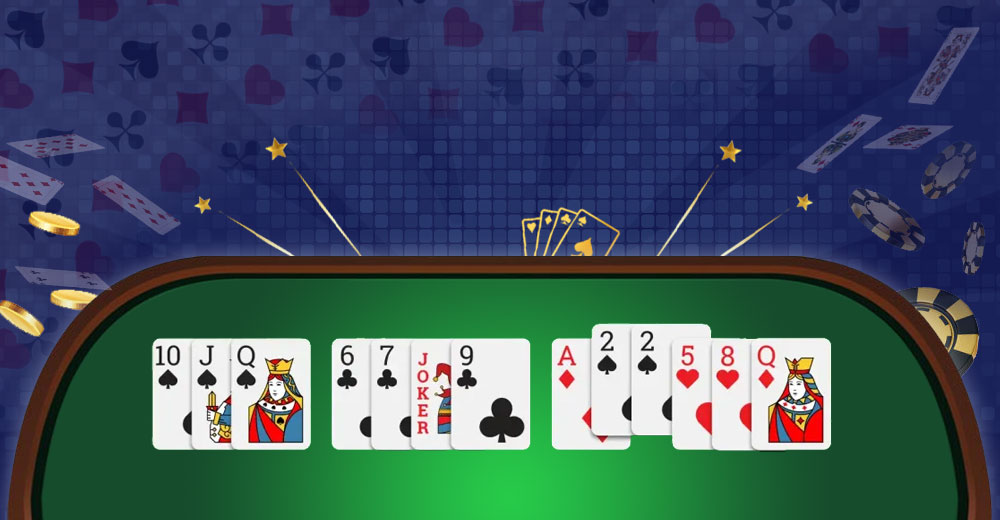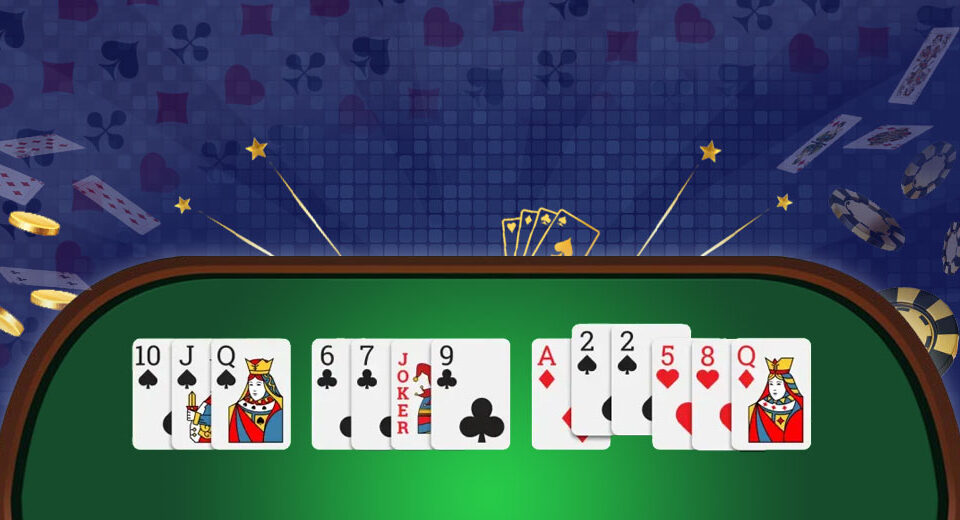Middle Drops Tips & Tricks in Points Rummy
In Points Rummy, every decision you make impacts your score directly. While the focus often lies on forming sequences and smart discards, one overlooked yet powerful feature is the middle drop. Most new players assume it’s best to stay in the round until the end, regardless of how the game unfolds. However, knowing when to exit can significantly minimise your score burden. This article explores how and why middle drops play a critical role in Indian rummy rules, especially when the odds are stacked against you in a fast-paced online rummy game environment.
1. Reducing High-Point Losses
When your hand is disorganised or lacks sequence potential after a few rounds, the middle drop becomes your safety net. Rather than risking a 40 or 50-point penalty, taking the middle drop limits your loss to just 20 points. In Indian Rummy online, where speed is essential and score control is vital, dropping out at the right moment can prevent significant damage and keep you competitive over multiple rounds.
2. Avoiding Risky Recovery Attempts
It’s tempting to keep drawing cards in hopes of forming something useful. However, recovery attempts from weak hands often lead to further complications, especially if you're holding high-value cards. Middle drops stop this downward spiral. Instead of gambling on unpredictable outcomes, a disciplined player exits before the hand becomes too costly. This habit reflects long-term thinking, a key trait in successful online Indian rummy game performance.
3. Timing Matters More Than You Think
The effectiveness of a middle drop depends on when you recognise your hand’s weakness. Waiting too long might lead you to cross the point of safe exit. As per Indian rummy rules, you can take a middle drop only before you've picked your third card. This small window makes it essential to assess your options quickly and logically. Developing this ability to act early comes with experience and a firm grasp of the game’s flow.
4. Strategic Impact on Opponents
Taking a middle drop does more than just lower your own score - it also disrupts your opponents’ rhythm. In a two-player match, for instance, your exit forces the other player to declare without seeing your entire strategy unfold. In multiplayer settings, it eliminates a competitor from that round, creating space for different dynamics. Strategic use of drops is not a sign of weakness; rather, it's a tactical retreat in the broader battle of the online rummy game.
5. Builds Long-Term Score Discipline
Players who routinely drop when the odds are not in their favour are more likely to remain under the target score line for longer. This behaviour builds consistency and resilience. Instead of focusing on dramatic wins, these players maintain low scores across rounds. In Points Rummy, every point counts, and even a single well-timed middle drop can mean the difference between elimination and qualification.
6. Prevents Emotional Play
Beginners often allow frustration or overconfidence to cloud their judgement. They hesitate to drop out, believing a turn of events will favour them. But experienced players stick to logic over emotion. When cards aren’t coming together, they drop. It’s a disciplined decision that not only saves points but strengthens the player's ability to detach emotion from strategy. This composure is crucial in the high-speed nature of Indian rummy online formats.
7. Encourages Analytical Hand Evaluation
Utilising middle drops compels players to review their hand structure critically within the first few moves. This habit develops faster analysis, helping players quickly identify viable combinations or lack thereof. Over time, this improves speed of decision-making in all indian rummy card game formats - not just Points Rummy. Understanding when to give up is just as valuable as knowing when to push forward.
Conclusion: Middle drops are a disciplined move that keeps smart players ahead on the scoreboard.
Middle drops may seem like a minor feature, but in Points Rummy, they’re an intelligent safeguard that can save you from major setbacks. Recognising weak hands early, knowing the exact timing for a drop, and avoiding unnecessary risks are hallmarks of a mature Rummy player. By using middle drops wisely, players gain greater control over their scores and create room for better rounds ahead. In the long run, consistency often trumps flashy wins - and smart drop usage is one of the tools that ensures steady progress.




